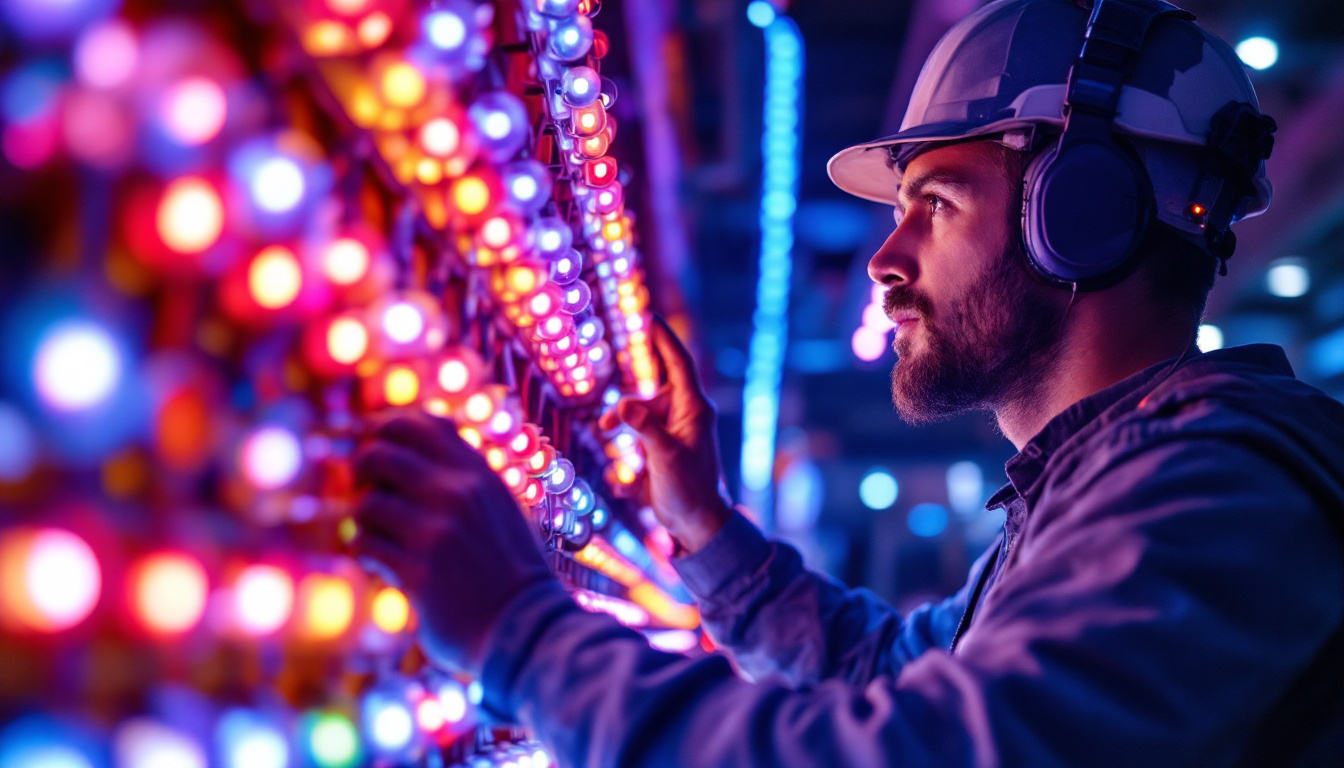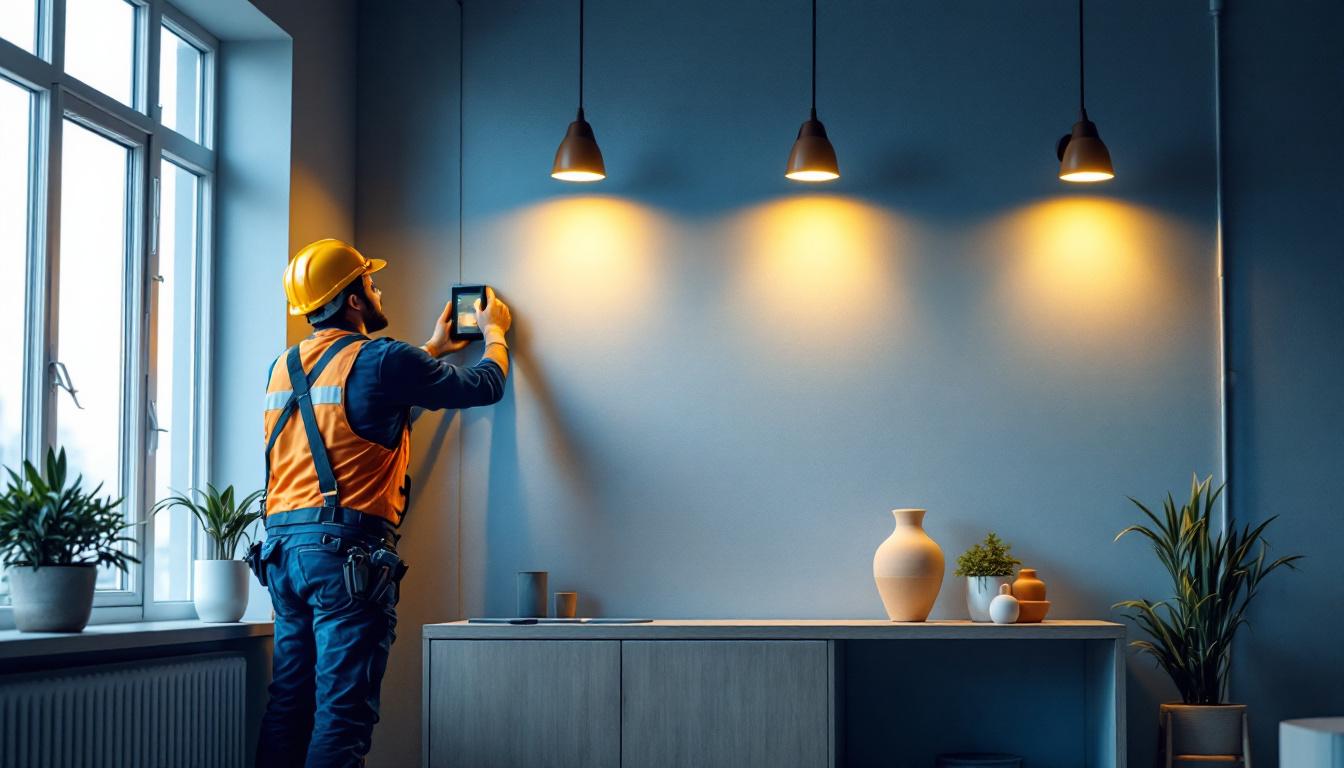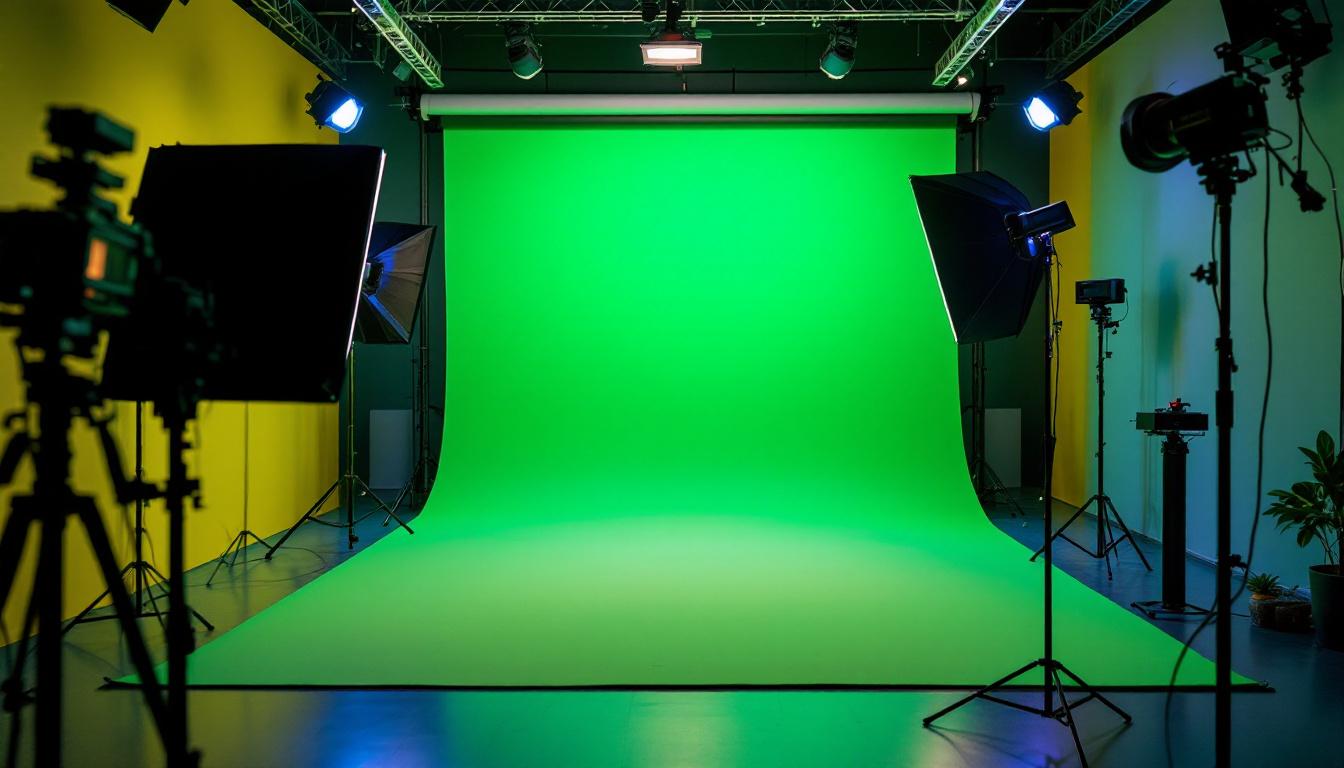
In the ever-evolving world of commercial lighting, LED technology has emerged as a game changer. As businesses increasingly shift towards energy-efficient solutions, the demand for LED lights has surged. However, with this transition comes a unique set of challenges that lighting contractors must navigate to ensure successful installations and satisfied clients. This article delves into the common issues faced by lighting contractors when working with LED lights and offers practical strategies to mitigate these challenges.
Before diving into the potential issues, it is essential for lighting contractors to have a solid grasp of LED technology. Unlike traditional incandescent or fluorescent lights, LEDs (Light Emitting Diodes) operate on a different principle, which influences their installation and performance.
LEDs generate light through electroluminescence, where a semiconductor material emits photons when an electric current passes through it. This process is highly efficient, resulting in lower energy consumption and longer lifespans compared to conventional lighting options. Understanding this fundamental operation is crucial for contractors as it impacts everything from fixture selection to energy calculations.
Moreover, the color temperature of LEDs can be adjusted by altering the semiconductor materials used, allowing for a wide range of lighting options from warm whites to cool blues. This versatility enables contractors to create tailored lighting solutions that enhance the ambiance of various spaces, whether it be a cozy restaurant or a modern office. Additionally, the compact size of LEDs allows for innovative designs and applications, including flexible lighting strips and integrated fixtures that can fit into tight spaces.
The advantages of LED lighting are numerous. They offer significant energy savings, reduced heat output, and longer operational lifespans. These benefits translate into lower maintenance costs and a reduced carbon footprint for commercial spaces. However, the transition to LED lighting is not without its pitfalls, and awareness of these can help contractors avoid common issues.
In addition to the economic and environmental benefits, LEDs also contribute to improved lighting quality. They provide instant illumination without the warm-up time associated with fluorescent lights, and their directional lighting capabilities reduce wasted light and enhance visibility in specific areas. This makes them an excellent choice for task lighting in workspaces and accent lighting in retail environments. Furthermore, advancements in dimming technology have made it possible to integrate LEDs into smart lighting systems, allowing for greater control over energy usage and creating dynamic lighting scenarios that can adapt to the needs of the space throughout the day.
Even with the many benefits that LED lights provide, contractors often encounter specific challenges during installation and maintenance. Recognizing these issues early on can save time, resources, and client relationships.
One of the most prevalent issues arises when LED fixtures are installed in spaces that previously utilized traditional lighting systems. Many existing dimming systems, for example, are not compatible with LED technology. This incompatibility can lead to flickering, buzzing, or even complete failure of the lighting system.
To avoid this issue, contractors should conduct a thorough assessment of the existing electrical infrastructure before installation. Upgrading dimmers and drivers to those specifically designed for LEDs can prevent compatibility problems and ensure optimal performance. Additionally, it is beneficial to inform clients about the importance of investing in compatible components, as this not only enhances the functionality of the lighting but also contributes to energy efficiency and longevity of the system.
Another common issue is the mismatch of color temperatures between different LED products. LEDs are available in a variety of color temperatures, measured in Kelvin (K), ranging from warm white (around 2700K) to cool daylight (upwards of 5000K). When different color temperatures are mixed within a space, it can create an unappealing and inconsistent lighting environment.
To mitigate this issue, contractors should ensure that all LED fixtures used in a particular project share the same color temperature. Providing clients with samples or visual aids can also help them make informed decisions about their lighting preferences. Furthermore, educating clients on the psychological effects of color temperature can enhance their appreciation for the lighting design. For example, warmer tones can create a cozy atmosphere ideal for residential spaces, while cooler tones are often preferred in work environments for their ability to enhance concentration and alertness.
LEDs are known for their efficiency, but they can still generate heat, particularly if not installed correctly. Overheating can lead to reduced lifespan and performance of the fixtures. Proper heat management is essential to avoid this issue.
Contractors should ensure that LED fixtures are installed in well-ventilated areas and that heat sinks are utilized where necessary. Additionally, educating clients about the importance of keeping fixtures free from dust and obstructions can prolong the life of the lighting system. It is also worth noting that the placement of fixtures can significantly impact heat dissipation; for instance, installing LEDs in enclosed spaces without adequate airflow can exacerbate overheating issues. Therefore, a strategic approach to fixture placement, combined with regular maintenance checks, can help sustain the efficiency and effectiveness of LED lighting installations over time.
To navigate the challenges associated with LED lighting, contractors can adopt several best practices that enhance the overall installation process and client satisfaction.
Before any installation begins, a comprehensive site assessment is crucial. This includes evaluating the existing electrical systems, understanding the client’s lighting needs, and identifying any potential challenges that may arise during installation.
By taking the time to thoroughly assess the site, contractors can develop a tailored installation plan that addresses specific needs and minimizes the risk of complications. This proactive approach can lead to smoother installations and happier clients.
Clients may not always be aware of the intricacies involved in LED lighting. Providing education about the benefits, limitations, and maintenance of LED systems can empower clients to make informed decisions. This can include discussions about energy efficiency, color temperature, and the importance of proper installation.
Contractors can also offer guidance on how to use lighting controls effectively, ensuring that clients understand how to maximize the benefits of their new LED systems. This level of support can build trust and foster long-term relationships with clients.
The lighting industry is constantly evolving, with new technologies and products emerging regularly. Staying updated with industry trends, regulations, and innovations is vital for contractors to remain competitive and provide the best solutions to their clients.
Participating in training sessions, attending industry conferences, and subscribing to relevant publications can help contractors stay informed. This knowledge not only enhances their expertise but also positions them as trusted advisors in the eyes of their clients.
Client concerns can range from aesthetic preferences to budget limitations. Addressing these concerns effectively can enhance customer satisfaction and lead to repeat business.
While LED lighting can lead to significant long-term savings, the initial investment may be higher than traditional options. Contractors should be prepared to discuss budgeting with clients, highlighting the long-term benefits of energy savings and reduced maintenance costs.
Providing a detailed breakdown of costs, including potential rebates or incentives for energy-efficient installations, can help clients understand the value of their investment. This transparency can alleviate concerns and foster a sense of partnership between contractors and clients.
Many clients struggle to envision how LED lighting will look in their space. Utilizing design software or providing mock-ups can help clients visualize the final outcome. This can be particularly important for commercial spaces where ambiance and aesthetics play a significant role in customer experience.
By offering visual aids, contractors can facilitate discussions about design preferences and ensure that the final installation aligns with the client’s vision. This collaborative approach can lead to more successful outcomes and satisfied clients.
As technology continues to advance, it is essential for contractors to consider future-proofing their LED installations. This involves selecting products and systems that can adapt to changing technologies and client needs.
Opting for versatile LED fixtures that can accommodate various applications is a smart strategy for future-proofing. This includes selecting fixtures that offer adjustable color temperatures, dimming capabilities, and compatibility with smart lighting controls.
By providing clients with flexible solutions, contractors can ensure that their installations remain relevant and effective as technology evolves. This adaptability can also enhance the longevity of the lighting system.
Smart lighting technologies are gaining traction in commercial settings, offering enhanced control and energy savings. Integrating smart lighting solutions into installations can significantly improve user experience and operational efficiency.
Contractors should stay informed about the latest smart lighting technologies and consider incorporating them into their projects. This not only meets the growing demand for intelligent systems but also positions contractors as innovators in the field.
LED lighting presents both opportunities and challenges for lighting contractors. By understanding the technology, anticipating common issues, and adopting best practices, contractors can ensure successful installations that meet client expectations. Emphasizing education, communication, and adaptability will not only enhance the contractor-client relationship but also position contractors for long-term success in the ever-evolving world of commercial lighting.
As the demand for LED lighting continues to grow, staying informed and proactive will be key to navigating the complexities of this technology. By embracing these strategies, lighting contractors can avoid common pitfalls and deliver exceptional results that illuminate the path to a brighter, more energy-efficient future.
Ready to elevate your lighting installations with the best in LED technology? Look no further than LumenWholesale for all your lighting needs. We provide contractors with high-quality, specification-grade lighting products at unbeatable wholesale prices, ensuring you can deliver exceptional value to your clients. With our extensive selection that meets the highest industry standards, you can trust in the reliability and performance of every fixture. Plus, with the convenience of free shipping on bulk orders, you get the premium lighting you need at the best price, without any hidden fees. Don’t compromise on quality or affordability. Make your next project shine by choosing Wholesale Lighting at the Best Value with LumenWholesale.

Discover how J Box light fixtures can significantly cut costs for lighting contractors.

Discover essential tips and techniques for perfecting your green screen lighting setup.

Explore the essential considerations for lighting contractors when working with dimmers.

Discover the frequent pitfalls lighting contractors encounter when installing LED office ceiling lights.